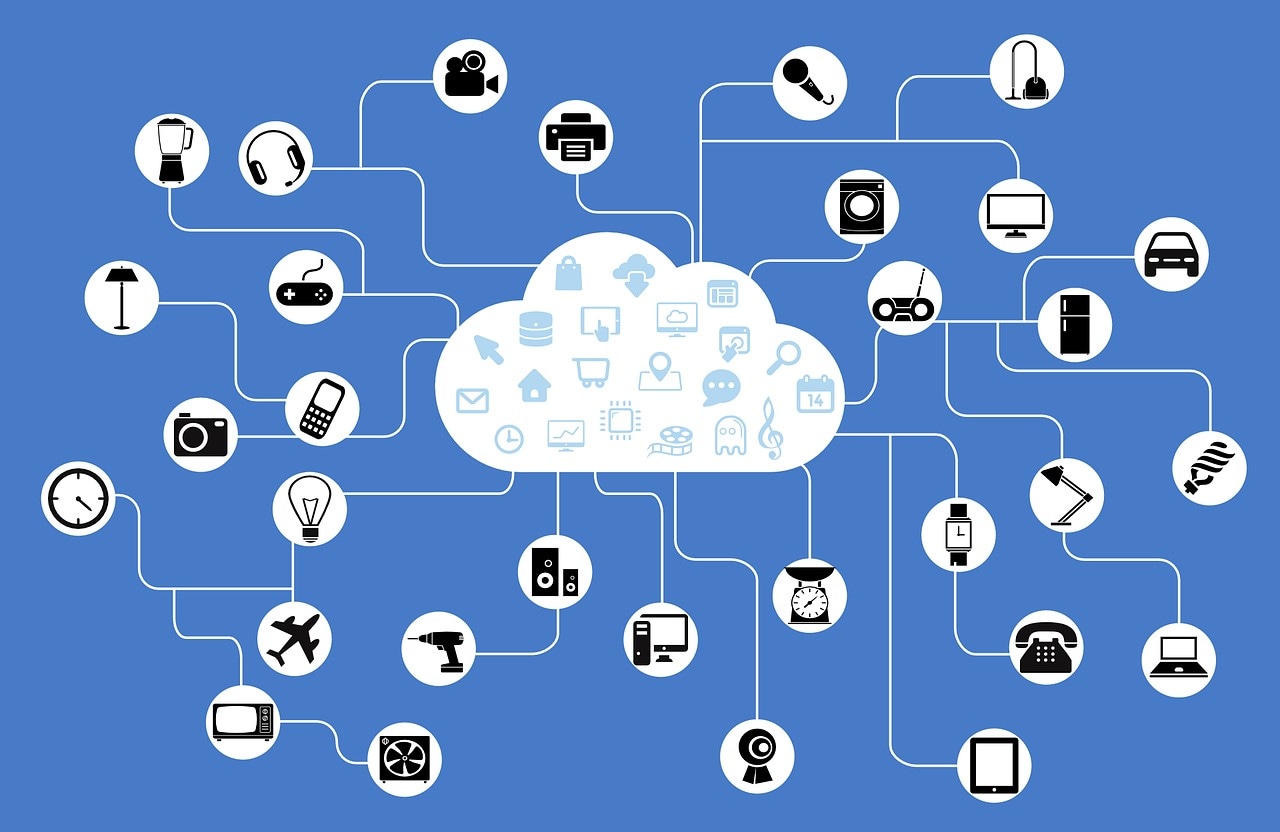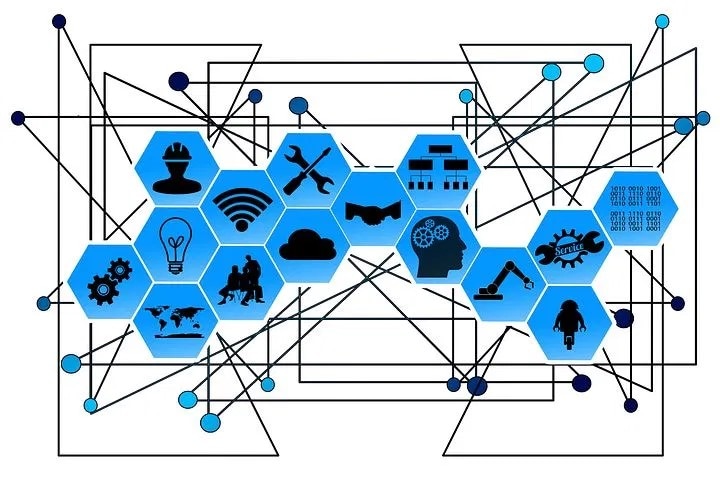Ubiquitous Computing in UX Discipline

Have you ever wondered how small things we use in daily life are linked to computing? From the smartwatch to the handheld mobile devices, various things help ease humans' daily life work. All these operate on the concept of ubiquitous computing.
Computing anywhere and anytime not only brings in effectiveness and efficiency but also leads to cost-effective application. One of the most advanced forms of computing, the concept of ubiquitous computing is also known as pervasive computing, ambient intelligence, or "everyware."
With the evolution of Ubiquitous computing applications, the ease of being in-network constantly has offered an array of technological advancements in both wired and wireless networks. But the question that arises here is, "What is Ubiquitous Computing?"
What is Ubiquitous Computing? - A Brief Introduction.
The concept of small things on the internet that use smart computing and microprocessors to interact with humans and help in everyday functioning is linked to ubiquitous computing. Every device continuously supports the human by offering enhanced human-computer interaction from the refrigerators to the air conditioners and smartwatches to the speakers.
The ubiquitous computing in hci includes mobile phones, digital audio players, radio-frequency identification tags, GPS, and interactive whiteboards. Ubiquitous computing is the wave of the future that one can understand the following trends:
- Ubiquitous computing is increasing and is represented by the growth of the internet of things.
- The smart home is the concept that makes life simplers and comfortable, which is based on pervasive computing.
- A great transformation from heavy to minimal IT devices like the wearables and wireless ones is possible now because of ubiquitous computing.
- Big data is the key to optimization, and pervasive computing allows the collection of real-time data import to analyze and offer accurate outcomes.
- Ubiquitous computing has given rise to the widespread use of cloud computing, a concept that allows the real-time exchange of information.
- Machine learning, artificial intelligence, and natural language processing are all various parts of cognitive computing. The assistance of pervasive computing has led to the growing sophistication of machines and their abilities.
- One can achieve the increasing competition, rising demand of the people, and the new level of customer experience by using ubiquitous computing. It offers a competitive edge over to the businesses.
Based on the applicability and usage of pervasive computing, the benefits that one can get when the technology is adopted in various applications are:
- Manage information quickly, efficiently, and effortlessly.
- Enabling a smart environment for better functioning.
- Removes the complexity of new technologies.
- Convenient access to relevant information anywhere, anytime.
- Availability of interconnected digital technologies.
- Better performance and reduced number of errors.
- Helps in better decision making by offering real-time data.
- Smart devices can be developed with intelligent portable technology.
- Smoothen the communication and makes lifestyle easier.
- Automation allows reducing wait periods and getting better returns.
An Example of Everyday Ubiquitous Computing.
Ubiquitous computing applications are everywhere. It has evolved in several devices that range from laptops, notebooks, smartphones, tablets, wearable devices, smart speakers to sensors. The ubiquitous computing examples are infinite, making the technology one of the most accepted and effective ones.
A calm technology that is research-based and aims towards the most appropriate computing anytime and everywhere, it exists in a wide variety of forms. The system aims towards reducing waste and time-lapses. Some of the great examples of pervasive computing are:
- Smart devices like Apple Watch or Fitbit that are wearable devices
- Smart speakers like Amazon Echo, Google Assistant, or Apple HomePod allow humans to communicate with the system using ubiquitous computing in hci.
- Self-driving cars can be voice-controlled and facilitate better commutes, thus saving time and energy.
- Smart locks that only secure the house but use the latest technology to keep the owner updated.
- Smart clocks and bulbs that can operate on voice and help in efficient use of energy.
Although pervasive computing has enormous benefits, the potential risk of data loss is quite high. There is a great deal of chance that the devices might save personal data, but the effectiveness and efficiency of performance are uncanny. Based on the principles and advantages, there are various applications of ubiquitous computing.
Common Uses for Ubiquitous Computing.
Ubiquitous computing has a wide area of application. The most common uses of the same are listed down below:
- In the field of communication, for better and smooth transmission of information and exchange of data.
- The logistics offer to optimize and automating, improves the overall transport chain of raw materials, semi-finished articles, and finished products.
- Motor traffic is increasing, and the use of ubiquitous computing in hci allows the driver to drive invisibly, especially in self-drive cars.
- The smart factory also uses ubiquitous computing to streamline and automate the working to reduce cost and waste generation.
- Smart homes are one of the finest stay options that offer all the facilities and access with just a click. Pervasive computing allows the owners to communicate smoothly with the help of smart devices, locks, bulbs, speakers, and various linked facilities.
- The use of smart devices like fitness watches is one the best examples of the use of technology.
- The use of laptops, computing devices, and smart technology has made learning and education fun with the help of ubiquitous computing.
Some other ubiquitous computing applications are in energy, entertainment, healthcare, military, security, and e-commerce. The use of ubiquitous computing in hci has offered an edge over the users to smoothly communicate with the technology or system and enhance the overall performance.

The relationships between Ubiquitous Computing and UX.
A technology is developed with the sole aim of offering a better user experience. The application changes, the plug-ins on the websites, the smart devices, and even the education platforms adapt from time-to-time to ensure that the user has the best experience and usability.
Ubiquitous computing has made everyday objects even more efficient and has helped perform all the useful tasks with minimal wastage. Technology has also made the idea of computing available everywhere and anytime. Often considered a concept that is the future, this is more linked to wireless networking.
The key points that define the relationship between Ubiquitous Computing and UX are:
- The availability of the technology at the fingertips and easy access to the information at any time has surely enhanced the overall usability and acceptability.
- The invincible technology has offered a smart environment to the users that have enhanced the user experience by embedding computing in every device one uses.
- Quick decision-making supported by the use of wireless smart ubiquitous computing devices not only saves time but also helps users to choose the correct path in no time.
- The use of real-time data allows the user to act better and have an enhancing experience.
- Information processing is key to designing a better tomorrow. the user experience is enhanced when ubiquitous computing can process the information thoroughly with the help of ubiquitous computing.
Conclusion
From the kitchen to the business, ubiquitous computing is taking place at a fast pace. On the one hand, it allows the users to have access to technology at any time and any place, still the technology is creating dilemmas especially involving the user data consent. Although there are few exceptions, the Ubiquitous computing applications have made it clear that this is the technology of tomorrow.
A highly dynamic paradigm, the technology has tremendous potential when it comes to developing and offering aid to environmental sustainability. The ubiquitous computing benefits far exceed the expectations, making it one of the most popular technologies to adapt.

